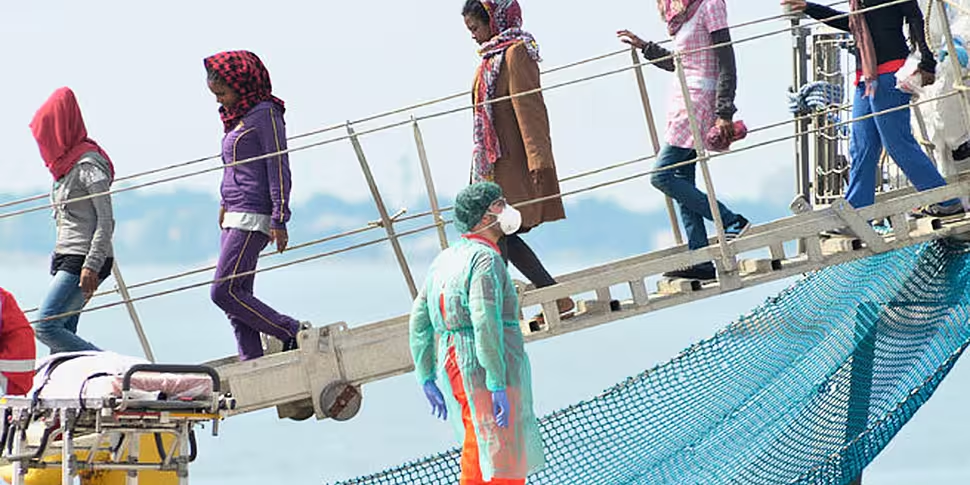In discussing the current crisis, the terms migrant and refugee are often used interchangeably, as though they are synonymous, but there are significant differences between the two words – from language to international law – and to use one incorrectly can frame the debate on how the world should react to the crisis in starkly different terms.
When we use the term migrant we, whether consciously or not, label someone as acting out of choice – crossing the Mediterranean on a boat when there was another option. But the reality is that this crisis is driven not by economic migration – although that is of course present – but by refugee crises in Africa, Asia and the Middle East.
The UNHCR estimates that over 85% of those crossing the Mediterranean are refugees, not economic migrants. These distinctions are crucial, and much of the arguments on the issue centre on these points.
Framing the argument as one in which those who need our help are migrants - and have come by choice – is entirely different to one involving refuges- those people forced to flee or face near certain death.
So, what is the difference between migrants and refugees?
Migrants
The technical term for a migrant is anyone who moves from one place to another for over one year. This can be for work, education and then those searching for a better life more generally.
The OECD estimates there were 232 million migrants all over the world in 2013, up from 154 million in 1990.
The UN Convention on Rights of the Migrants declares the term migrant “should be understood as covering all cases where the decision to migrate is taken freely by the individual concerned, for reasons of 'personal convenience' and without intervention of an external compelling factor.”
The consideration of movement “without intervention of an external compelling factor” is critical here, as it marks the difference between a migrant and a refugee. Obviously many migrants may feel close to having no choice, with a poor economy not qualifying someone for refugee status, but making migration often the only viable option for people to survive.
Over 400,000 Irish migrants currently live in the UK, and close to 150,000 live in the United States, with another 64,000 in Australia – according to the International Organisation for Migration.
Migrants coming into the EU have to go through immigration controls. They needs visas for some countries and won’t be able to access social welfare payments or benefits immediately.
They can settle down and live in countries across the world but have to follow all of the legal procedures to get in, to remain and to settle down.
Refugees
A refugee is someone fleeing, or who has fled, from conflict or persecution. Refugees are protected under the 1951 Refugee Convention, which guarantees international protection to people who can’t remain in their home country because it is too dangerous. Their legal status in their new home is defined by the United Nations.
When someone is identified as a refugee they are entitled, in theory, to have free movement to another country, where they should be given government housing and offered assistance to find work and settle into the society.
The basic international law, as laid out in the 1951 convention, is that refugees should not be forced to return to their home if their life would be under threat.









